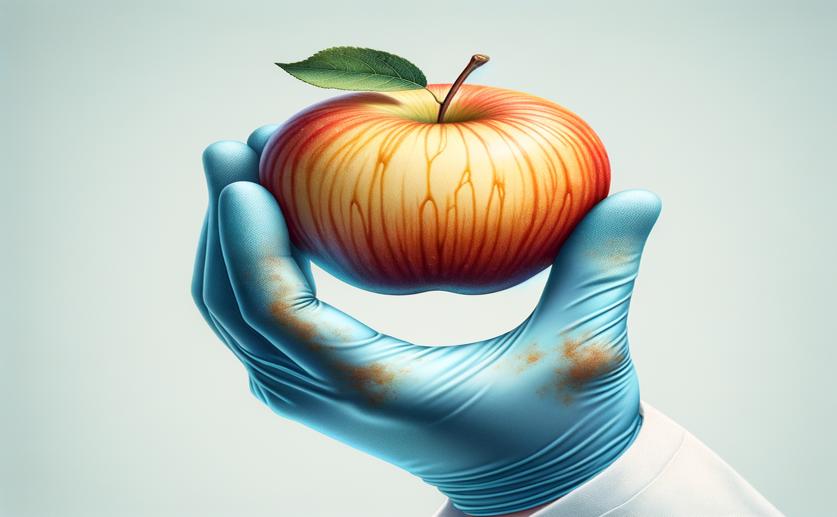
Key Protein MdbZIP44 Controls Browning in Apples by Targeting MdPPO2 Gene
Greg Howard
15th July, 2024

Image Source: Natural Science News, 2024
Key Findings
- Researchers at Shandong Agricultural University studied the genetic mechanisms behind apple fruit browning
- They found that the MdPPO2 gene is strongly linked to the degree of browning in different apple varieties
- The MdbZIP44 transcription factor enhances MdPPO2 gene expression, promoting browning in apples
References
Main Study
1) Transcription factor MdbZIP44 targets the promoter of MdPPO2 to regulate browning in Malus domestica Borkh.
Published 13th July, 2024
https://doi.org/10.1016/j.plaphy.2024.108934
Related Studies
2) Apple bZIP transcription factor MdbZIP44 regulates abscisic acid-promoted anthocyanin accumulation.
3) ABA and the ubiquitin E3 ligase KEEP ON GOING affect proteolysis of the Arabidopsis thaliana transcription factors ABF1 and ABF3.



 13th July, 2024 | Jenn Hoskins
13th July, 2024 | Jenn Hoskins